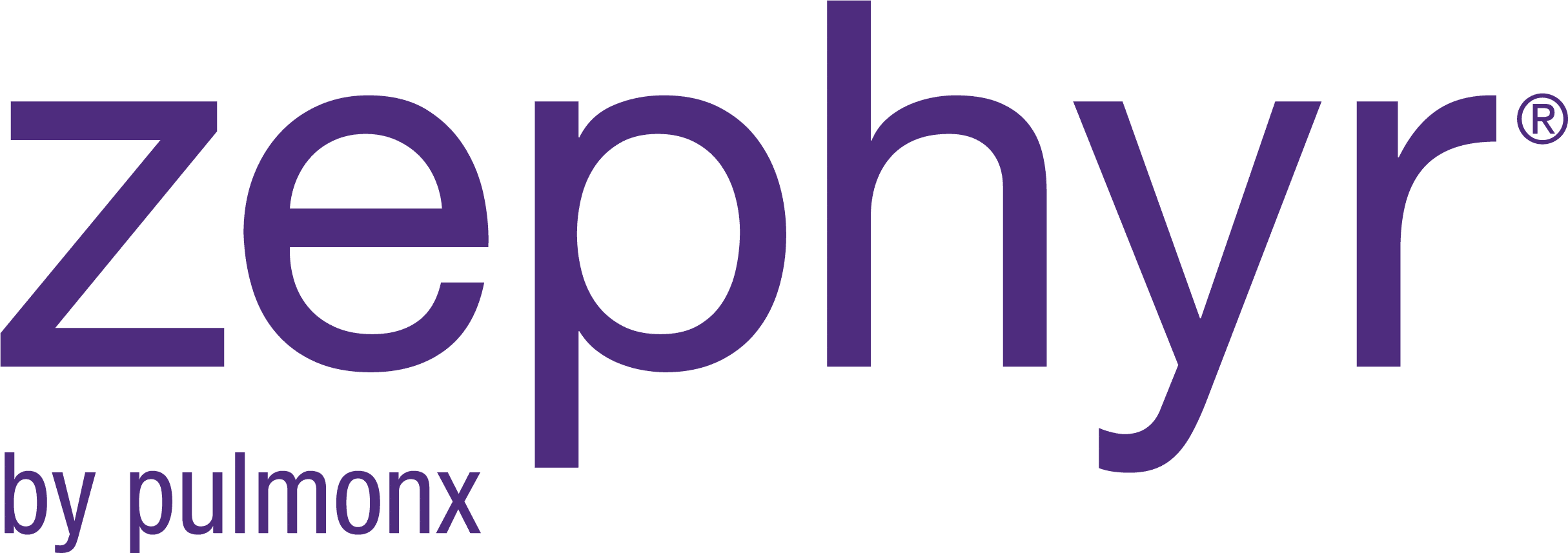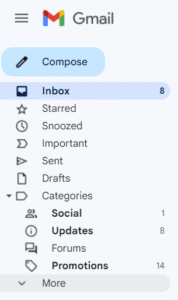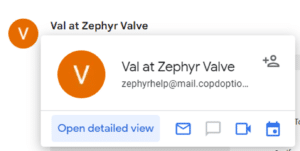Chronic Obstructive Pulmonary Disease (COPD) makes breathing difficult, but it can also weaken muscles throughout the body. Understanding the connection between COPD and muscle weakness is important for managing the condition effectively, especially because there are steps that can help with regaining muscle strength.
COPD and Muscle Weakness1
Muscle weakness can make it challenging for individuals with COPD to exercise or engage in everyday activities like walking. Not getting enough physical activity can lead to a further decline as the muscles in individuals without exercise can continue to weaken. This cycle makes it harder to regain strength and endurance. Since muscles are also used in breathing, weakened muscles can worsen COPD symptoms.
Treatments
Thankfully, there are treatment options available to build muscle strength and endurance in individuals with COPD:
- Pulmonary rehabilitation programs offer exercise training, breathing techniques, and education to improve endurance, strength, and overall functional capacity. Other potential benefits include reduced symptoms and hospitalization.1
- A healthcare professional or pulmonary rehabilitation specialist can help with creating a safe exercise plan.
- Seeking guidance on a nutritional plan can also help with recovering muscle strength, especially since the poor nutrition can contribute to muscle weakness.2
Muscle Strength vs Muscle Endurance
Muscle weakness and training is often described in terms of muscle strength and muscle endurance.
Muscle strength is how much force a muscle or group of muscles can produce. Muscle strength determines how well a person can move and lift objects. An example of a daily task muscle strength might impact is picking up grocery bags, and it’s improved with strength training.
Muscle endurance is related to how long a muscle or group of muscles can work continuously. Muscle endurance determines how much time a person can spend doing an activity before they get tired. An example of a daily task muscle endurance might impact is climbing upstairs, and it’s improved with endurance training.
Types of Exercise3
Endurance Training
Endurance training includes activities like walking or cycling. This type of exercise works the heart, lungs, and circulatory system. If you’re looking into this type of training, it’s important to warm up before and cool down after exercising. To avoid overexerting yourself, start slow and gradually increase the time and intensity of your workouts each time you exercise.
Picking an exercise you know you’ll enjoy is also helpful. Whether it’s swimming in the pool or walking on the treadmill with a friend, make exercise something to look forward to.
Strength Training
Strength training includes using weights, resistance bands, or weight equipment. These exercises target specific groups of muscles, which means they can help make certain daily actions easier. For example, exercising the upper body helps with activities like showering and getting dressed. Exercising the lower body can help with actions like standing and sitting. Just like with endurance training, it’s important to warm up before strength training and to not overexert yourself.
If you’re looking into strength training, speak to a healthcare provider about exercises that’ll help you in the specific daily activities you want to be able to do.
Links:
- https://www.ncbi.nlm.nih.gov/pmc/articles/PMC6058991/
- https://www.ncbi.nlm.nih.gov/pmc/articles/PMC2695204/#:~:text=Indeed%2C%20COPD%20is%20often%20associated%20with%20muscle%20wasting,of%20life%20and%20also%20the%20chance%20of%20survival
- https://www.copdfoundation.org/Learn-More/I-am-a-Person-with-COPD/Exercise.aspx
US-EN-1945-v1







 If you do not see an email from “Val at Zephyr Valve” in your inbox within 15 minutes of signing up, go to your “Spam” folder within Gmail. (You may have to click "More" to see the Spam folder.) Select the email from "Val at Zephyr Valve."
There will be a gray box at the top that says “Why is this message in spam?” Click the “Report Not Spam” button. This will move the email to your inbox.
If you do not see an email from “Val at Zephyr Valve” in your inbox within 15 minutes of signing up, go to your “Spam” folder within Gmail. (You may have to click "More" to see the Spam folder.) Select the email from "Val at Zephyr Valve."
There will be a gray box at the top that says “Why is this message in spam?” Click the “Report Not Spam” button. This will move the email to your inbox. Go back to your inbox and open the email. Click on the icon next to “Val at Zephyr Valve”, you’ll see a person icon with a “+”. Click that, and you can add Val to your Contacts list. If you don’t receive a second email from us in a few days, please check your Spam folder again.
Go back to your inbox and open the email. Click on the icon next to “Val at Zephyr Valve”, you’ll see a person icon with a “+”. Click that, and you can add Val to your Contacts list. If you don’t receive a second email from us in a few days, please check your Spam folder again.
